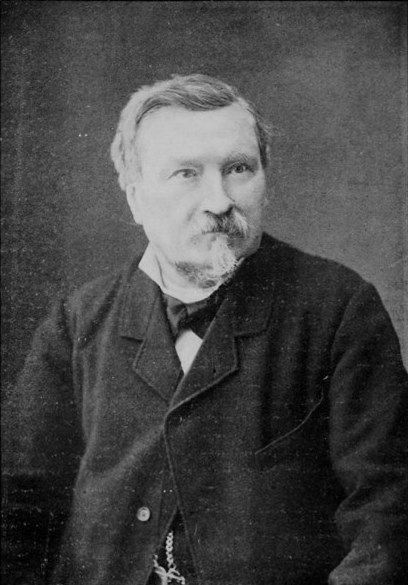Liberty Matters
Market Anarchy in the Real World

Matt argues that we do not observe market anarchism in real world anarchist societies. To know whether that is true, we need to first decide what count as the defining characteristics of market anarchy. He writes, about actual anarchist societies:
They are not, in other words, the kind of societies … in which protective services are sold by specialized firms in a competitive market with a network of arbitration agreements and so on. They are, instead, tribal and clan-based societies that, to borrow from Arnold Kling’s summary of Mark Weiner’s The Rule of the Clan, are based on “a set of rules and social norms which are inconsistent with libertarian values of peace, open commerce, and individual autonomy.”
The final bit of that seems to identify “market anarchy” with “libertarianism.” When I first described a market anarchist system in The Machinery of Freedom, I explained that whether such a society was libertarian was a matter of prediction, not definition, that under some circumstances the institutions I was describing would be anarchist but not entirely libertarian, although I thought they would be likely to produce a more libertarian outcome than alternative institutions for the same population. Whether market anarchy is possible does not depend on whether it would be fully libertarian. Non-anarchist libertarians, after all, aim at a libertarian minarchy despite the shortage of such societies in the historical record.
I do not know how much Matt knows about historical stateless societies or exactly what he means by “tribal and clan-based.” In saga period Iceland law was privately enforced, although there was a single law code and court system; it was neither tribal nor clan-based. Comanche society, as described by Hoebel,[1] was highly individualist, not very libertarian, but stateless, and tribal only in the sense of being within one tribe as a minarchy is within one nation. Northern Somali society as described by I.M. Lewis, an anthropologist who has been studying it since the 1950’s, came closer to the market anarchist model. Its clans were enormous, so many disputes were within a clan, and the coalitions that enforced rights in such disputes were voluntary associations based on a mix of kinship and contract. There was no formally negotiated network of laws, unless you count the agreements within coalitions with regard to the mutual obligations of their members, but Lewis describes one case where the two sides in a conflict concluded that the level of violence had become too high and agreed to raise the damage payment owed for killing.
Matt’s point may be only that we do not see in any historical example the full blown mechanism of enforcement agencies, arbitration agencies, and pairwise contracts that some of us imagine for a market anarchist society. But we would not expect relatively primitive societies to have the degree of division of labor and formal organization of a modern society—they do not have joint stock corporations or future markets either. We do see societies in which there was no state, in which law enforcement was private and decentralized, and in which individuals interacted primarily via private property and exchange, which would seem to cover the essential requirements for a market anarchist society.
Descriptions of all three societies, and sources, can be found in various chapters of the draft of my current book project, up for comments at: <http://www.daviddfriedman.com/Academic/Course_Pages/legal_systems_very_different_12/LegalSystemsDraft.html>.[2]
Endnotes
[1] E. Adamson Hoebel, The Law of Primitive Man (Cambridge, MA: Harvard University Press, 1967).
[2] David Friedman, Legal Systems Very Different From Ours (draft) <http://www.daviddfriedman.com/Academic/Course_Pages/legal_systems_very_different_12/LegalSystemsDraft.html>.
Copyright and Fair Use Statement
“Liberty Matters” is the copyright of Liberty Fund, Inc. This material is put on line to further the educational goals of Liberty Fund, Inc. These essays and responses may be quoted and otherwise used under “fair use” provisions for educational and academic purposes. To reprint these essays in course booklets requires the prior permission of Liberty Fund, Inc. Please contact oll@libertyfund.org if you have any questions.